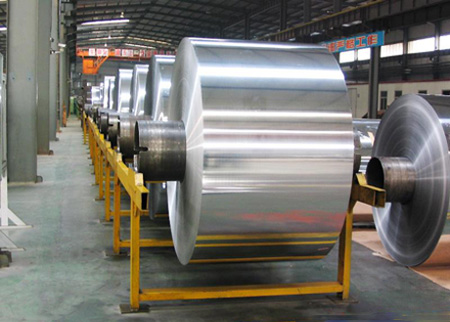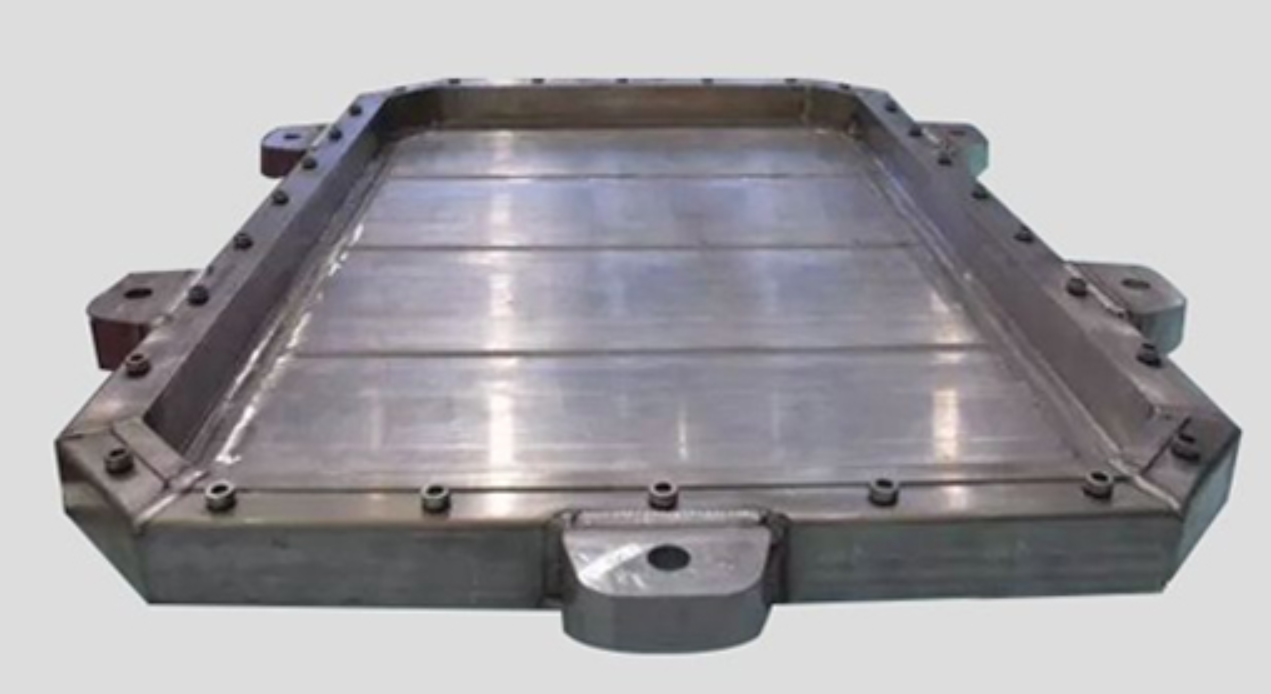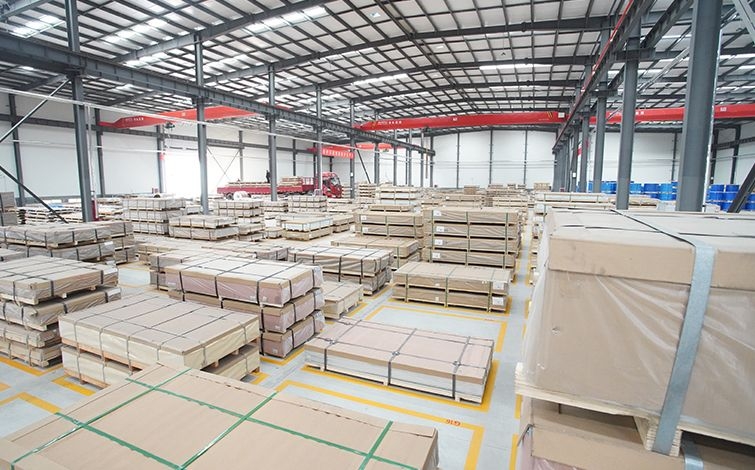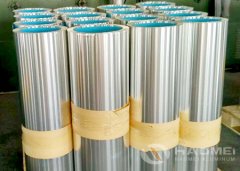



The difference between aluminium cladding, aluminium veneer and aluminium composite panels
Aluminium cladding
Aluminium composite panels generally refer to aluminium panels with a thickness of 1.2mm or less.
The key to aluminium buckle plate does not lie in the thickness, but in the material used, household plate 0.6 MM can be, because aluminium buckle plate is not like plastic steel as there is a span problem, the key to choose in the flexibility and toughness of the plate, followed by the surface treatment.
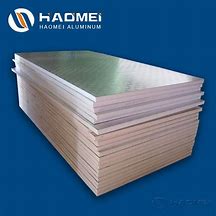
Aluminium veneer
Aluminium veneer generally refers to the thickness of 1.5mm or more aluminium plate.
The use of high quality aluminium alloy panels as the substrate, advanced CNC bending technology to ensure that the plate can be flat and not deformed after processing, superb resistance to external forces during installation, uniform surface colour, resistance to ultraviolet radiation, anti-oxidation and superb corrosion resistance.
The use of aluminium veneer building curtain wall, column and beam, advertising signage, balcony, partition package decoration, outdoor decoration, vehicles, furniture, booths, instrument shell, underground shipping tools, etc.
The material technology of suspended ceilings is constantly being updated. The first generation of products is gypsum board and mineral wool board; the second generation is PVC; the third generation of products is metal ceiling. European standard Topo pioneered shaped metal home furnishing ceiling, the modern home furnishing elements into fluorocarbon aluminium veneer, square pass, hanging piece and other products, so that the perfect integration of modern design techniques and green materials, has become the leader of shaped metal home furnishing!
At present, the market is also divided into three grades: the first category of aluminium-magnesium alloy, while containing part of the manganese, the biggest advantage of the material is good resistance to oxidation, at the same time because of the addition of the right amount of manganese, in the strength and rigidity of the increase, is the best material for the ceiling; the second category of aluminium-manganese alloy, the strength and rigidity of the plate is slightly better than the aluminium-magnesium alloy, but the resistance to oxidation is slightly insufficient; the third category of aluminium alloy, the plate contains manganese, magnesium less, so its strength and rigidity are significantly lower than that of aluminium-magnesium alloy and aluminium-manganese alloy, and its oxidation resistance is general.
Aluminium composite panels
The aluminium-plastic composite panel is a composite material made of a chemically treated painted aluminium sheet with a polyethylene plastic core material, processed on special aluminium-plastic panel production equipment.
The unique properties of aluminium composite panels themselves determine their wide range of uses: they can be used for building facades, curtain wall panels, renovation of old buildings, indoor wall and ceiling decoration, advertising signs, display stands, purification and dust control projects. Aluminium composite panels have been used in large quantities in China and are a new type of building decoration material.
* Thank you for your inquiry. Please provide your business needs information so that we can better serve you.
This information can help us assign the most suitable person to solve your problem. We will give you feedback within 1-2 working days.
Related Blog
